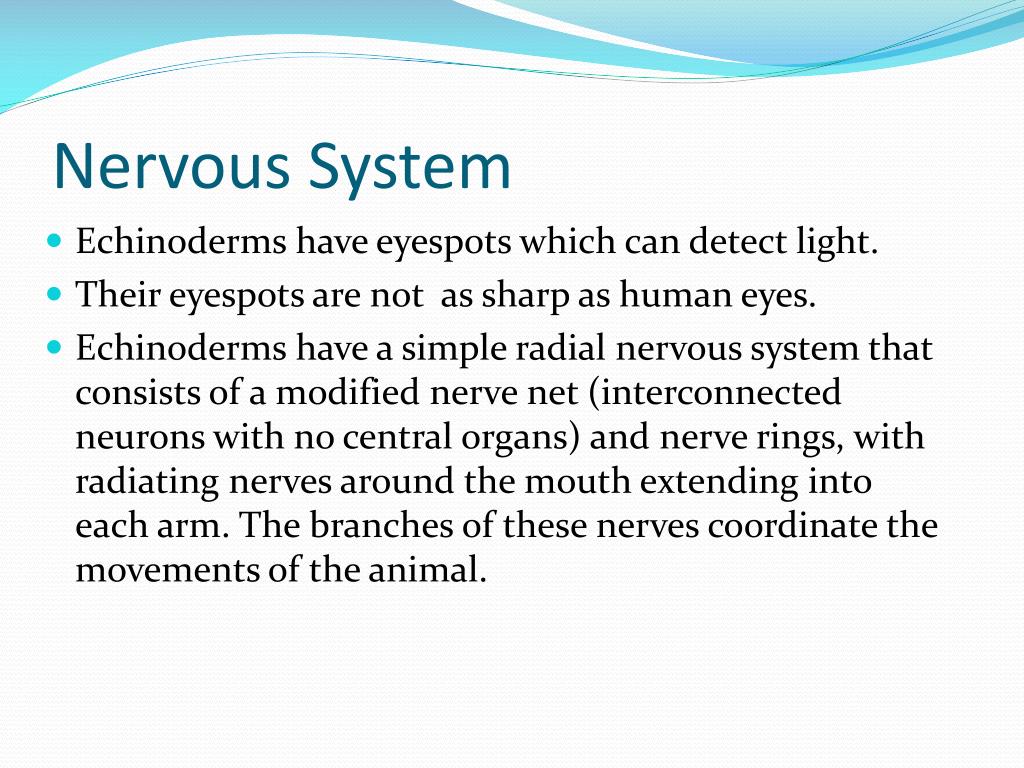

Blastopore and primitive streak have, therefore, repeatedly presented to be functional equivalents derived from a common ancestor and thus to be homologous structures. Germ layers are formed by cellular involution and delamination of the (outer layer) epiblast cells at the lips of a canal-like blastopore in amphibians and in reptiles (i.e., in non-avian or non-mammalian amniotes) such as turtles, lizards, and tuatara, the latter being thought to represent a common ancestor alternatively, germ layers in mammals including Homo sapiens and birds are formed by cellular ingression and epithelial-mesenchymal transition at the primitive streak (with its anterior-posterior axis-defining furrow in the epiblast). Gastrulation is the life-shaping process of germ layer formation in the animal kingdom, its name being derived from the image of a “mini-stomach” transiently formed by the blastula (or blastocyst) stage embryo. These new features of the neurenteric canal may further clarify the aetiology of foetal malformations such as junctional neurulation defects, neuroendodermal cysts, and the split notochord syndrome. We conclude that structure and position of the mammalian neurenteric canal support the notion of its homology with the reptilian blastopore as a whole and with a dorsal segment of the blastopore in amphibia. Furthermore, asymmetric parachordal nodal expression in Callithrix and morphological asymmetries within the nodes of the other specimens suggest an early non-cilium-dependent left-right symmetry breaking mode previously postulated for other mammals. The neurenteric canal presents itself as the classical vertical connection between the amniotic cavity and the yolk sac cavity and is lined (a) craniolaterally by a horseshoe-shaped “hinge of involuting notochordal cells” within Hensen’s node and (b) caudally by the receding primitive streak epiblast dorsally and by notochordal plate epithelium ventrally, the latter of which covered the (longitudinal) notochordal canal on its ventral side at the preceding stage. In this study, the authors address the long-standing enigma by high-resolution histology and three-dimensional reconstruction using new and historic histological sections of 5 human 17- to 21-day-old embryos and of 2 marmoset monkey embryos of the species Callithrix jacchus at corresponding stages. Existence and biomedical relevance of the neurenteric canal, a transient midline structure during early neurulation in the human embryo, have been controversially discussed for more than a century by embryologists and clinicians alike.


 0 kommentar(er)
0 kommentar(er)
